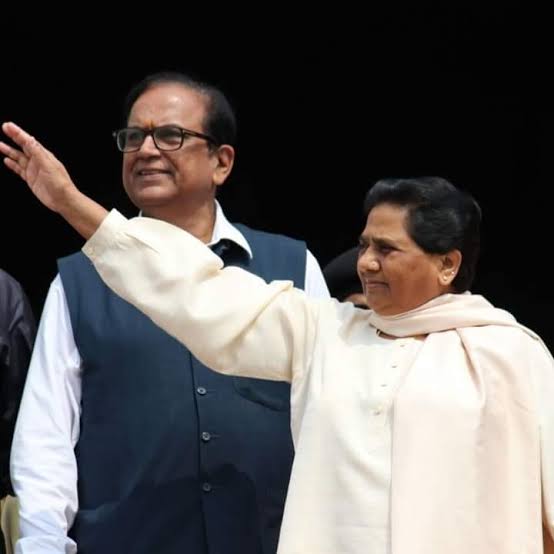By – Shubhendra Singh Rajawat
The relationship between the Bar (the legal profession) and the Bench (judges and the judiciary) is a crucial aspect of the legal system. This dynamic can sometimes be fraught with tension, leading to a tussle that affects the administration of justice.
The same was demonstrated in the application written by the Oudh Bar association to the Chief Justice of Honorable Allahabad Highcourt (Uttar Pradesh), where some scathing remarks were made against Justice Sangeeta Chandra.

Primarily the accusations were of –
1.) Inhumane behaviour towards junior & Senior officers of the court.
2.) Periodic outbursts of anger in the courtroom.
3.) Displayed dictatorial tendencies from time to time.
Apart from these accusations the most important question which was associated with Justice Sangeeta Chandra was her alleged role in the transfer of Her Husband, Mr. Sandeep Chandra (Advocate), where she gave her consent for the same. The requirement of such consent for transfer is in conformity with the fundamental morality that does not need any codification & adherence to which is indispensable for preserving public faith in the judiciary and the rule of Law.

The Fact that Justice Sangeeta Chandra is a Judge of a High Court where her husband is a practicing advocate is certainly questionable to the judiciary and the administration of justice.
This is aggravated by the fact that Mr. Sandeep Chandra is the counsel for the Government of Uttar Pradesh – the biggest litigant before the Court of which Mrs. Sangeeta Chandra, J. is a Judge. It inevitably gives a public impression of improper proximity between Justice Sangeeta Chandra & the State Government, demonstrating classic case of conflict of interest.
Above all this during a courtroom proceeding where Senior Advocate Mr. Satish Chandra Mishra (also an Ex- MP of RS) was arguing on the behalf of Nagar Nigam where Justice Sangeeta Chandra initiated criminal contempt against , brought unwarranted attention to the conductor of Justice Sangeeta Chandra.
The tussle between the Bar and the Bench is a complex interplay of interests, values, and responsibilities. While conflicts may arise, it is essential for both sides to engage in constructive dialogue to foster a cooperative relationship, ultimately benefiting the justice system and society as a whole. By understanding each other’s roles and challenges, the Bar and the Bench can work together more effectively to uphold the rule of law.

